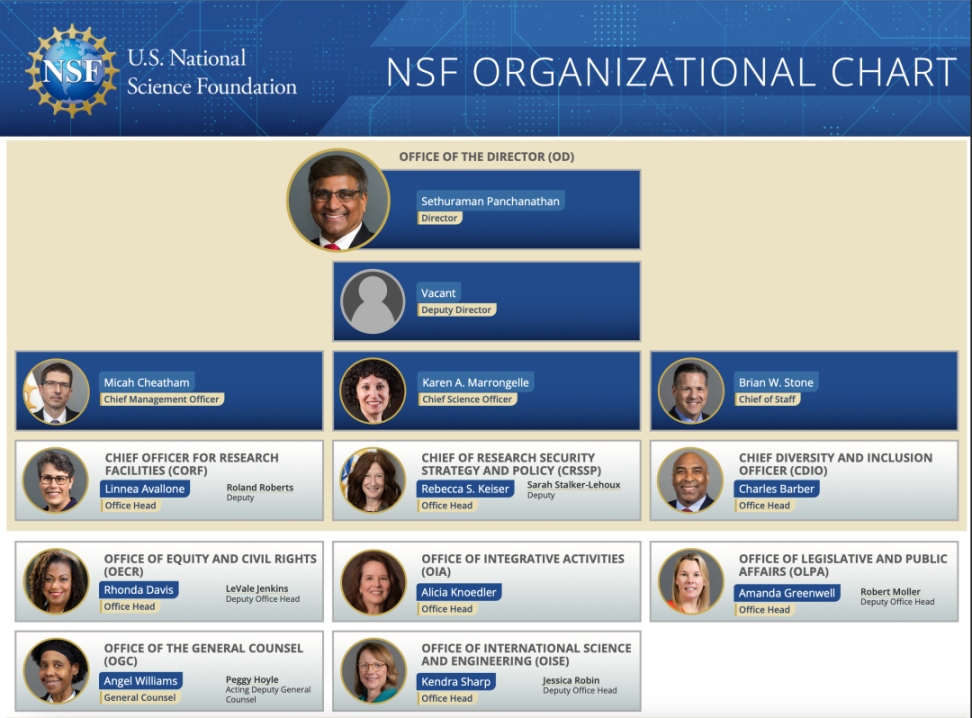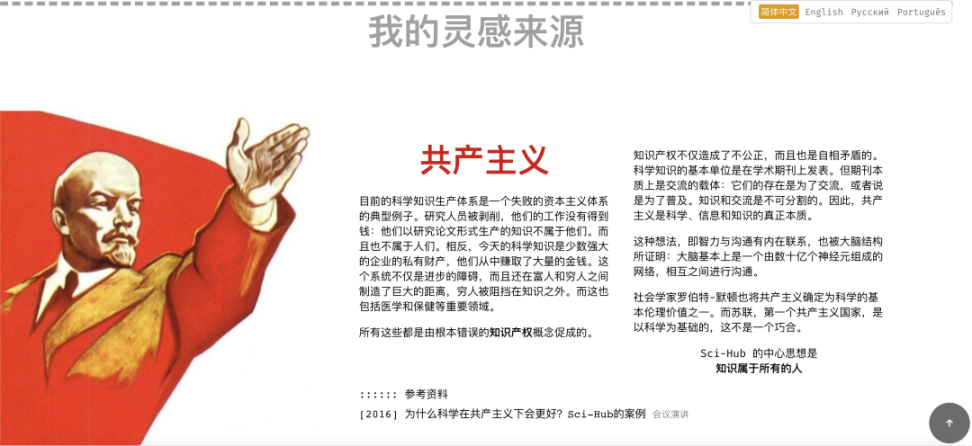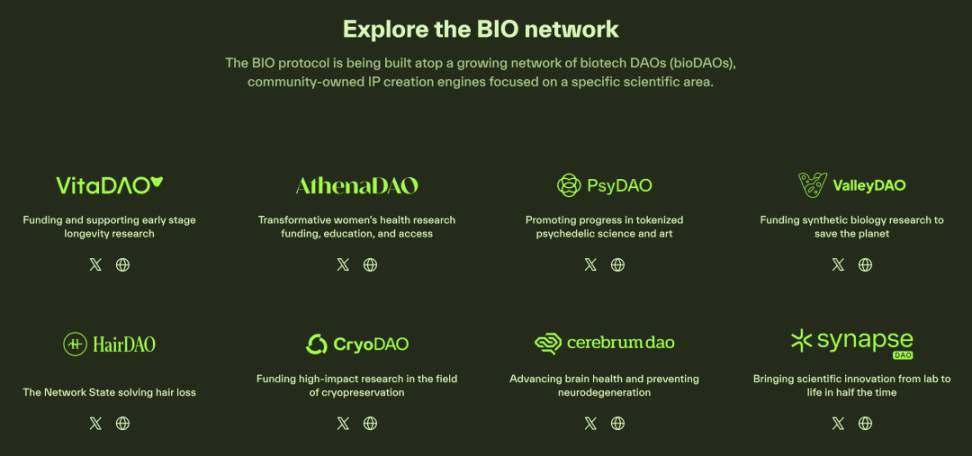In promoting crazy research and development, cryptocurrency indeed has limitless potential.
Written by: Zuo Ye
With a new official comes a burst of energy, and Musk leads a team of IQ 200 individuals who can work 80 hours a week for no pay to wield the sword of "optimization" against bizarre research:
- Brown University spent $170,000 researching LGBTQ-related issues in China;
- The University of Iowa spent $1.04 million on a DEI-related creative writing project;
These instances represent various institutions in the U.S. coming together to fleece American taxpayers, while Musk himself is also being forced to be the fat sheep, frequently receiving investigations from California's various governments and environmental organizations after Musk "switched sides" to Trump.
For example, studying whether the recovery of Starship would impact sharks in the ocean; if sharks are unaffected, then continue testing on whales; if recovery is fine, then check whether launching Starship affects seals' hearing.
Musk's response was quite engineering-minded; he instructed SpaceX employees to tie a seal wearing headphones during the Starship launch, ultimately using data to prove that this would not cause any fatal impact.
All these actions, whether targeting his own Starship or the university research system, could participate in the "most foolish" spending competition, while the bizarre research at universities undermines taxpayers' trust in the government, and the focus on his own is purely a waste of capital.
In this sense, Musk naturally needs a new research system, and DeSci is aimed at this.
Since Binance strategically invested in the DeSci protocol Bio Protocol, the market has entered a FOMO phase regarding DeSci, and the theme of longevity has also ignited people's attention to biological research. Is the 21st century truly the century of biology?
The Rigidity of the Research System
If the driving force behind people's purchase of DeSci-related concept memes is a love for wealth, then current researchers hope to free themselves from the academic and institutionalized research system, with the first target being the perpetual motion machine of funding—papers—titles.
Contrary to what many might imagine, scientific research, especially in the STEM fields, is essentially part of public business. A large amount of basic research funding is distributed through the government-controlled National Science Foundation (NSF), which maintains close ties with U.S. universities and various laboratories.

(To be fair, Indians are doing much better than Chinese in this regard; working hard on research is not as effective as directly managing the distribution of research funds.)
Most young faculty members need to apply for relevant funding to carry out corresponding recruitment and research work, thus true innovation becomes a paper exercise aimed at the NSF, with an average approval rate of below 30% for applications, and a median research funding of around $150,000. While this may seem like a decent approval rate, considering the scale of institutions and the workforce across the U.S., it is merely a drop in the bucket.

Description: NSF approval rates for the fiscal year 2023 to 2024, image source: NSF
In recent years, with the spread of DEI culture (Diversity, Equity, and Inclusion), the NSF, as a federal agency, has inevitably been influenced. To keep up with the trend, the NSF waved its baton, and researchers followed suit, hoping to publish more papers and subsequently obtain tenure-track positions and various academic titles.
It is not hard to see that this is just one version of the rigidity of the research system. Even more absurd is China's academic "hats," which are derived from the U.S. NSF system but have developed distinct and clear levels of research "nobility" in China.
After the reform and opening up, we essentially copied the NSF's system and mechanisms, and based on our national conditions, developed various categories of informal academic titles such as academicians, Changjiang Scholars, Outstanding Youth, and Young Scholars. On one hand, these are not the official evaluation standards for faculty titles but are important reference standards; on the other hand, these titles are closely related to the "level" of the funding obtained. Thus, under the pressure of paper production, various academic practitioners frantically churn out ideas, hoping to achieve corresponding returns on the expensive publication fees.
Profit-Driven Academic Publishing Industry
The current DeSci concept has become popular to the point that Sci-Hub's rise is both expected and surprising.
In the cycle of "funding—papers—titles," papers are the direct proof of funding, as most basic research cannot be transformed into practical products. The level of the paper published is almost the only way to prove the effectiveness of the output. Nature, Science, and Cell are essentially the first tier of impact factors. In the U.S., these are important credentials for Chinese international students to upgrade, while in China, they are a fast track to wealth and becoming an academician.
However, the problem lies in the fact that the global academic paper industry is highly commercialized, with Springer, Elsevier, John Wiley & Sons, Sage Publishing, and Taylor & Francis Group dominating over 80% of the academic publishing market.
Interestingly, scholars publishing articles in their journals are charged fees, and the academic institutions to which the authors belong must also pay for subscriptions to access the articles. Thus, the monopoly over channels creates high profits for academic publishers. For example, Elsevier's total revenue in 2018 was €7.49 billion, with a net profit of €1.96 billion, achieving a profit margin of 26%.
As a result, the academic community has initiated the Open Access (OA) movement, which aims to fundamentally change the current monopoly in academic publishing. Unfortunately, high-quality OA platforms are still traditional academic publishers, and they even charge "review fees or processing fees." For instance, scholars from mainland China wishing to publish in Nature's OA journal must first pay $5,000, meaning that while OA can be accessible to readers, authors must pay.
Low-quality OA journals face a predicament similar to that of the cryptocurrency market; the lack of management leads to a flood of subpar content, even directly stigmatizing the OA concept as synonymous with low-quality journals.
High quality is expensive, low quality is fabricated.
Sci-Hub emerged in this context, with Alexandra Elbakyan, a Kazakhstani woman born in the Soviet Union, feeling the shamelessness of academic journals in 2011 and deciding to upload them for free online. This is the story, almost synchronized with the birth of Bitcoin, a story about love for wisdom and freedom.

Description: Inspiration behind the founding of Sci-Hub
Image source: https://sci-hub.se/alexandra
In Elbakyan's view, the intellectual property of scientific knowledge belongs to all humanity, and academic publishers should not close off channels for knowledge dissemination under the pretext of operation. Using Sci-Hub is extremely simple; as long as you obtain the DOI number of the corresponding paper, you can access the full text with one click, eliminating all steps and allowing knowledge to return to its most authentic purpose.
The Current Carnival of DeSci
The combination of memes with Vitalik/CZ and the concept of longevity has sparked the legends of thousand-fold coins like Fumicin (RIF) and Urolithin (URO), while Pump.Science has taken on the status of Pump.Fun, and Bio and its series of sub-DAOs have attracted extreme FOMO from market hot money.

Description: Composition of BIO Protocol
Image source: https://www.bio.xyz
However, we must note that most drugs take several years to decades to move from the laboratory to the market. This is indeed an example of the inefficiency of the existing research system, but it does not mean that skipping this process will accelerate the effective period of drugs.
Of course, in promoting crazy research and development, cryptocurrency indeed has limitless potential. For instance, in the wealthy circles of Silicon Valley, there are various methods such as injecting young people's serum, targeted drug health products, and even blood transfusion therapies. The FDA (U.S. Food and Drug Administration) is also the most authoritative regulatory body globally, and some wealthy individuals, in order to bypass them, turn to smaller countries like Thailand or African nations to expedite the drug approval process.
He Jiankui's madness resulted in charges of private custom gene editing, while the disruption of the research system by cryptocurrency, if it allows us to access papers for free, would indeed be a good deed. If it leads to a radical human era, let’s conclude with Liu Cixin's words: Give civilization to time, not time to civilization.
I hope we can safely navigate through the great low valley of human research.
免责声明:本文章仅代表作者个人观点,不代表本平台的立场和观点。本文章仅供信息分享,不构成对任何人的任何投资建议。用户与作者之间的任何争议,与本平台无关。如网页中刊载的文章或图片涉及侵权,请提供相关的权利证明和身份证明发送邮件到support@aicoin.com,本平台相关工作人员将会进行核查。




